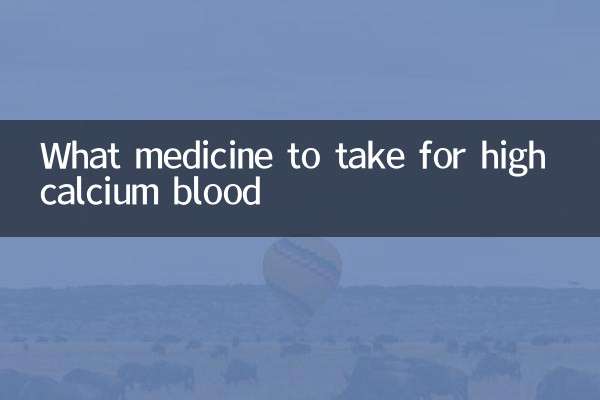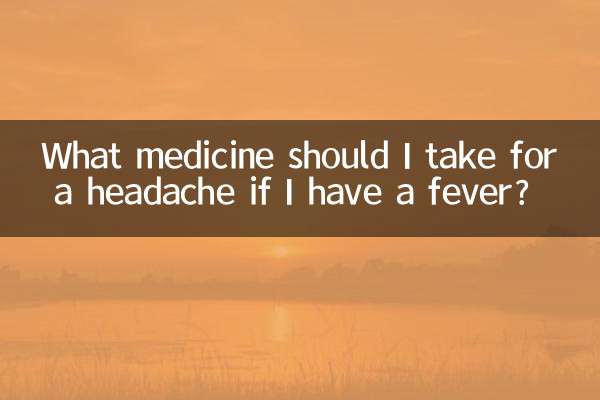What is the cause of hemagglutination
In recent years, hemagglutination, as a serious blood disease, has attracted widespread attention. This article will analyze the definition, cause, symptoms and treatment methods of hemagglutination in detail, and combine it with popular topics and hot contents on the entire network for the past 10 days to provide you with comprehensive information.
1. Definition of hemagglutination

Hemagglutination, also known as thrombosis, refers to a disease in which blood coagulates abnormally in the blood vessels, forming thrombosis, and causing blood vessel blockage. Thrombosis may occur in arteries or veins, and in severe cases, it may cause life-threatening complications such as myocardial infarction and stroke.
2. The main causes of hemagglutination
The occurrence of hemagglutination is related to a variety of factors, and the following are common causes:
| Type of cause | Specific reasons | Related diseases or risks |
|---|---|---|
| Genetic factors | Gene mutations (such as coagulation factor V Leiden mutation) | Familial thrombosis tendency |
| Acquisition factors | Long-term bed rest, post-operative braking | Deep venous thrombosis (DVT) |
| Disease factors | Cancer, autoimmune diseases | High condensation state |
| Drug Factors | Oral contraceptive pills, hormone replacement therapy | Increased risk of thrombosis |
| lifestyle | Smoking, obesity, lack of exercise | Cardiovascular disease risk |
3. Common symptoms of hemagglutination
The symptoms of hemagglutination vary depending on the location where the thrombosis occurs. The following are common symptoms:
| Thrombosis site | Common Symptoms | Severe complications |
|---|---|---|
| Deep venous thrombosis (DVT) | Swelling, pain, redness in the legs | Pulmonary embolism (PE) |
| Arterial thrombosis | Sudden chest pain, numbness of the limbs | Myocardial infarction, stroke |
| Pulmonary embolism (PE) | Difficulty breathing, chest pain, coughing of blood | sudden death |
IV. Treatment methods for hemagglutination
The treatment of hemagglutination mainly includes anticoagulant therapy, thrombolysis therapy and surgical treatment. The specific methods are as follows:
| Treatment method | Applicable | Commonly used drugs or techniques |
|---|---|---|
| Anticoagulant therapy | Prevent thrombosis or enlargement | Warfarin, heparin, novel oral anticoagulants (NOACs) |
| Thrombolytic therapy | Acute thromboembolism | Tissue-type plasminogen activator (tPA) |
| Surgical treatment | Severe thrombosis or complications | Thrombectomy, inferior vena cava filter implantation |
5. Discussions related to hemagglutination on the Internet in the past 10 days
Recently, topics related to hemagglutination have sparked heated discussions on social platforms and health forums. The following are some hot contents:
| topic | Discussion focus | Popularity index |
|---|---|---|
| COVID-19 vaccine and thrombosis risks | Does AstraZeneca vaccine increase blood clot risk | ★★★★★ |
| Long-term sitting and blood clots | How to prevent blood clots in office crowds | ★★★★ |
| Application of new anticoagulants | Comparison of the advantages and disadvantages of NOACs and traditional anticoagulants | ★★★ |
6. How to prevent hemagglutination?
The key to preventing hemagglutination is to improve your lifestyle and avoid risk factors. Here are some practical suggestions:
1.Stay active: Avoid sitting for a long time, get up every 1 hour and move for 5 minutes.
2.Healthy Eating: Reduce food intake of high-fat and high-salts and eat more vegetables and fruits.
3.Smoking cessation and alcohol restriction: Smoking and excessive drinking can significantly increase the risk of thrombosis.
4.Regular physical examinations: Especially for people with a family history, coagulation function should be checked regularly.
Summarize
Hemagglutination is a preventable and curable disease. Understanding its causes and symptoms can help early detection and treatment. If you have relevant symptoms or high-risk factors, it is recommended to seek medical consultation in a timely manner. Through a healthy lifestyle and scientific medical intervention, the risk of thrombosis can be effectively reduced.

check the details

check the details